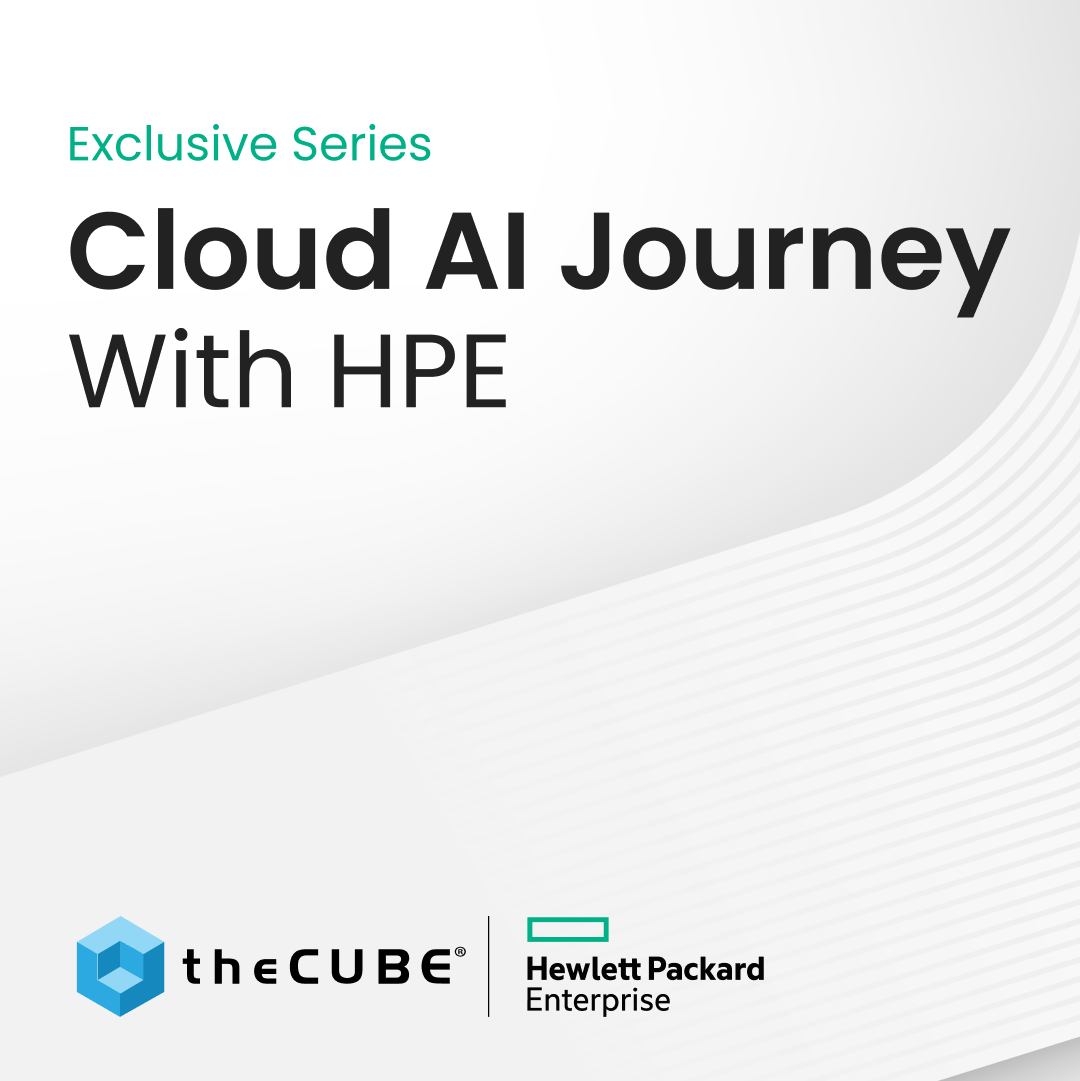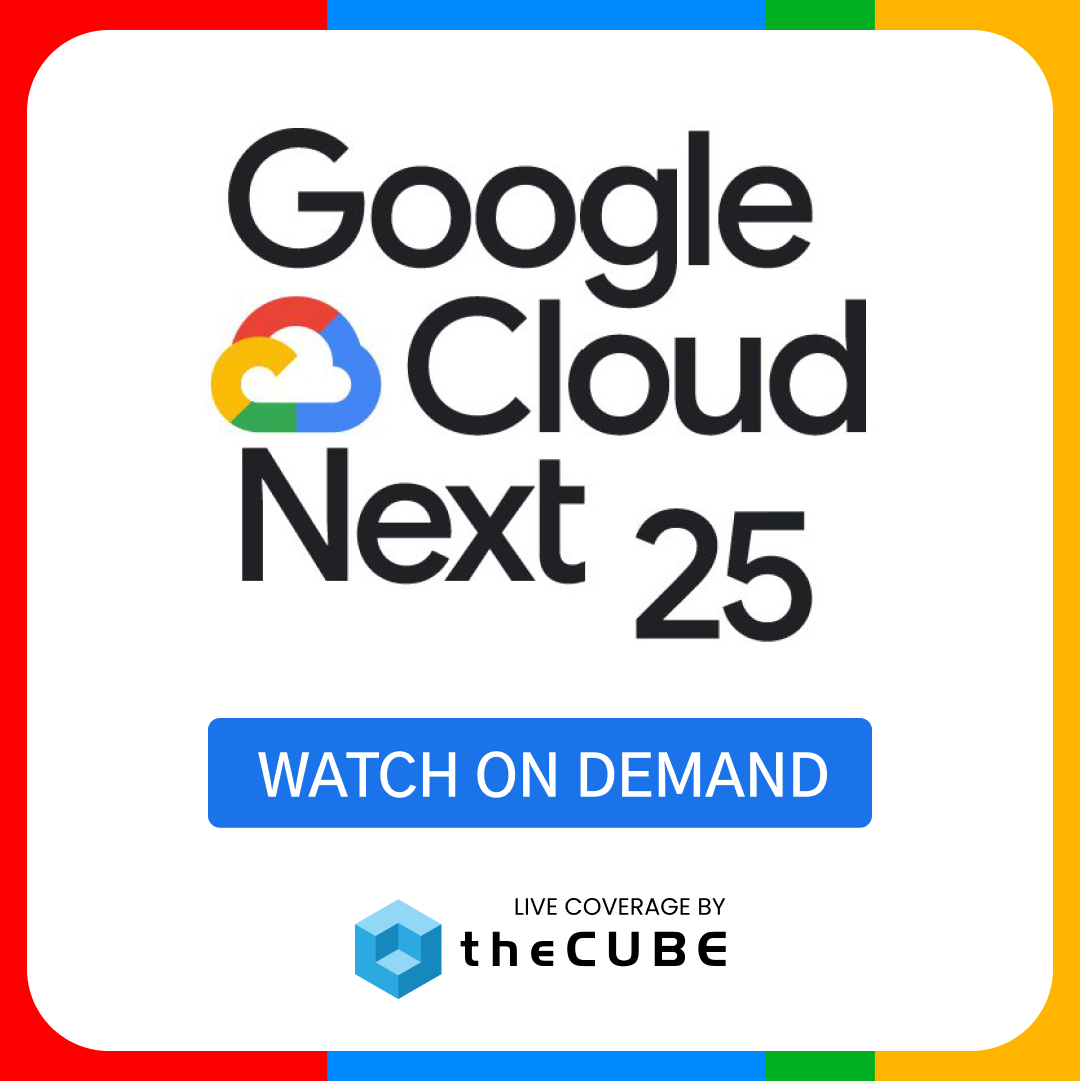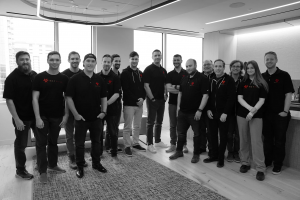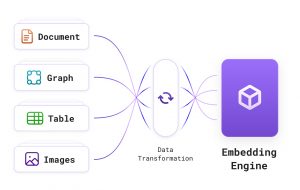Robbie Hearn of giffgaff: “People love to communicate, we’re just facilitators.” [crowdsourcing]
I’ve been thinking about the idea of crowdsourcing a lot this year. Last month, I wrote about giffgaff’s unique approach of crowdsourcing not just marketing and R&D, but also customer service. And, for the 33rd and last “The Social Nerdia Show!“ of 2009, I spoke with Robbie Hearn, the Chief of Member Experience atgiffgaff to learn more about how this MVNO from the UK operates. Prior to joining company, Robbie was Head of Retention at Be Broadband, a O2/Telefonica subsiduary where he first realized just how powerful it was for a company to have a very engaged community.
Listen to the Full Interview
Listen to the entire conversation with Robbie at Socialnerdia. You can also subscribe to our shows on iTunes, stream from mobile phones on Stitcher, and listen LIVE on blogtalkradio.
![]() giffgaff officially launched on Nov 23rd. “The project as a whole started to take form 9 months ago,” Robbie told me. “It’s gone from nothing to full launch in that period of time, which is very quick for a mobile company.” At first glance one might assume that giffgaff is just a regular MVNO, but giffgaff is truly changing the way a mobile company interacts with its customers.
giffgaff officially launched on Nov 23rd. “The project as a whole started to take form 9 months ago,” Robbie told me. “It’s gone from nothing to full launch in that period of time, which is very quick for a mobile company.” At first glance one might assume that giffgaff is just a regular MVNO, but giffgaff is truly changing the way a mobile company interacts with its customers.
I asked Robbie to explain what makes giffgaff so unique. ”We see a need and a gap in the market for a new model. We’re what we call people-powered,” he said. “In essence, we’re trying to really leverage all the great new trends and technologies around crowds; we want to engage our members more than any other mobile network in the UK.” Unlike other companies that try to control everything related to their brand, giffgaff lets its ‘members’ interact with the company and with each other online, and allowing them to be part of the company’s “marketing, R&D, and customer service; recruiting members and especially helping answer questions.”
Crowdsourcing Customer Service
Thanks to Wikipedia and companies like Doritos and Starbucks, we’ve all come to know about various forms of crowdsourcing, especially when it comes to marketing and R&D. But crowdsourcing customer service? Now that’s a new idea.
“Crowdsourcing customer service is almost like a misnomer. You don’t need a huge crowd, just a small group that’s absolutely motivated by helping other people; they are the super users,” Robbie told me. ”We don’t have a call center,” he added. “You go online, you type in whatever question you have, and the integrated search identifies an answer based on information giffgaff has submitted as well as information provided by users on the forum.”
That sounds like what many of us have done in web forums and message boards, but the fascinating thing about giffgaff is that its model of rewarding engaged members allows for quick resolutions to all kinds of problems. ”What we want your experience to be like is to be quickly answered by another member, and interact with that person.” So far, according to Robbie, every question has been answered in the forum; not one has been escalated (questions get escalated after 20 hours without a response), and the top ’super user’ is getting close to reaching 1000 minutes on the web site (if he hasn’t already).
 I asked Robbie if we could call this ‘Social Customer Service,’ but he did not like the idea very much. “To me, I just think that sticking social at the start of everything has made it lose its meaning a little bit.” He then compared adding the word “social” to customer service to adding an “i” (as in iPod) to a product.
I asked Robbie if we could call this ‘Social Customer Service,’ but he did not like the idea very much. “To me, I just think that sticking social at the start of everything has made it lose its meaning a little bit.” He then compared adding the word “social” to customer service to adding an “i” (as in iPod) to a product.
There are times in which the crowds won’t be able to help giffgaff customers. “If you really need to, you can actually contact a giffgaff agent that will reply to your query,” Robbied explained. ”I don’t believe you can rely 100% on crowdsourcing for every customer service problem because there are always things like billing or credit card information that are not suitable for public forums.”
The giffgaff Culture
As you might imagine, giffgaff’s culture is pretty unique too. Robbie described the people there as “very passionate about what they’re doing.” He said that going to work is fun for the team and they all “believe in the idea behind the project.” Sure, they’ve all worked really long hours, but Robbie assured me that it has been “very rewarding.. it’s not often that you get a chance to make things happen the way you want them to happen.”
In order for the low-cost giffgaff model to work, the company is running the way a start-up should. In addition to not having to invest in infrastructure (they are MVNO after all), “there are only 14 permanent employees.. we outsource everything possible, we use second-hand desks, and keep costs down wherever we can.” Low prices and member rewards, and of course profitability, depends on the company keeping costs down so I asked Robbie if he worried about users eventually not helping each other out. ”The model is already working. I’m not too worried about the costs running out of control,” he responded.
Brilliant Marketing and The Cuddle Monster
 “We really want to give people a chance to get involved. We have a tiny budget by wireless company standards. We’re not going to do TV, etc. We’re trying to use creativity and letting others create videos for us,” Robbie said. The “tool hire” campaign encourages people to make videos with “tools” that giffgaff actually ships to them and the community gets to vote for a winner. The cuddle monster, one such “tool,” is a 5-person monster outfit. As Robbie put it, ”it’s cold, everybody is in recession, who wouldn’t want a cuddle from a 5-person monster?”
“We really want to give people a chance to get involved. We have a tiny budget by wireless company standards. We’re not going to do TV, etc. We’re trying to use creativity and letting others create videos for us,” Robbie said. The “tool hire” campaign encourages people to make videos with “tools” that giffgaff actually ships to them and the community gets to vote for a winner. The cuddle monster, one such “tool,” is a 5-person monster outfit. As Robbie put it, ”it’s cold, everybody is in recession, who wouldn’t want a cuddle from a 5-person monster?”
Leading Member Experiences
Robbie first saw the power of having a strong community when he worked at Be Broadband, which he described as having an “open and transparent model, with a really engaged community.” Robbie got to know Be Broadband’s customers quite well, often running weekly calls with some of the most engaged customers, including gamers, to talk about their views about the service and the company.
![]() After Be Broadband was acquired by O2/Telefonica, Robbie was asked to join giffgaff as their Chief of Member Experience. ”I’ve tried to explain to my mom what that means and even my friends don’t always understand what I do,” he joked about his role with the company. There are two main areas that Robbie leads, member service and CRM. Everything that happens to a member, everything they experience and feel as a customer, is under his jurisdiction. He is responsible for setting up the community aspect of the site and all the messaging that goes out customers from the time they sign up.
After Be Broadband was acquired by O2/Telefonica, Robbie was asked to join giffgaff as their Chief of Member Experience. ”I’ve tried to explain to my mom what that means and even my friends don’t always understand what I do,” he joked about his role with the company. There are two main areas that Robbie leads, member service and CRM. Everything that happens to a member, everything they experience and feel as a customer, is under his jurisdiction. He is responsible for setting up the community aspect of the site and all the messaging that goes out customers from the time they sign up.
Looking Ahead
I asked Robbie about any international expansion plans. “I’m a big fan of keeping things focused and making sure they work first. But, we do see potential or this working in other countries and other industries. We would love it if giffaff went global.”
Regarding where he would like to see giffgaff in a year, Robbie said he would want to see a thriving community with very engaged super users. “I would also love to see innovations based on ideas generated by the community. With great ideas like a “people-powered call centers,” the giffgaff community is already coming up with great stuff.
“People love to communicate, we’re just facilitating something that people really want to do and trying to not get in the way as it has happened in traditional wireless companies.”
A message from John Furrier, co-founder of SiliconANGLE:
Your vote of support is important to us and it helps us keep the content FREE.
One click below supports our mission to provide free, deep, and relevant content.
Join our community on YouTube
Join the community that includes more than 15,000 #CubeAlumni experts, including Amazon.com CEO Andy Jassy, Dell Technologies founder and CEO Michael Dell, Intel CEO Pat Gelsinger, and many more luminaries and experts.
THANK YOU

















